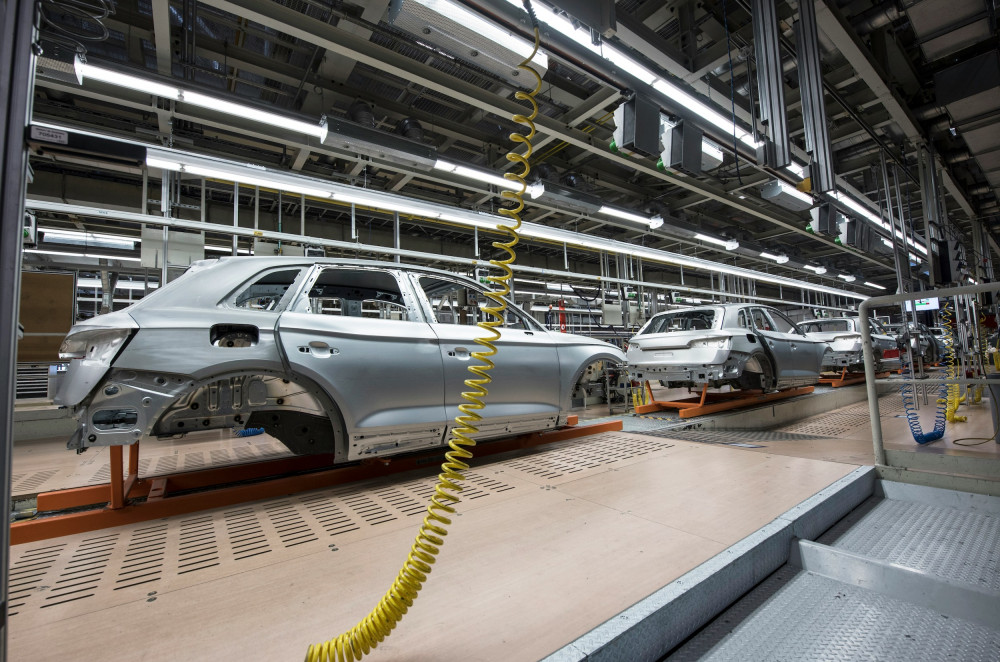Machine Vs. Production Monitoring: The Path To Production Intelligence
Starting with machine monitoring is an excellent approach to managing a production environment. Especially in machining-heavy operations, gaining an accurate understanding of utilization is essential to maximize the efficiency of your assets. Without it, you may not be fully aware of underutilization.
Starting with machine monitoring is an excellent approach to managing a production environment. Especially in machining-heavy operations, gaining an accurate understanding of utilization is essential to maximize the efficiency of your assets. Without it, you may not be fully aware of underutilization.
Machine monitoring significantly advances beyond manual data collection methods. Implementing a basic solution frees your team from spending hours daily on logging part counts and downtimes.
Traditional Approaches
However, basic machine monitoring provides a limited view of production performance, focusing primarily on the machine itself.
- How is the machine performing?
- Is the machine running?
- How many parts has the machine produced?
This machine-centric perspective lacks broader context.
While machines are crucial to production, they are just one element of the entire shop floor operation. Transforming production operations requires comprehensive information and insights from various angles.
- How are different shifts and personnel performing?
- How are our processes performing?
- How do specific parts and operations fare?
- What is the status of work orders?
- How should we quote a particular job?
- What labor is needed to meet increasing demand?
- What is our current capacity?
Many manufacturers rely on handwritten logs, Excel documents, or MES/ERP systems to answer these questions, often finding the data delayed, inaccurate, biased, nonexistent, or challenging to analyze and adjust as needed.
Basic machine monitoring aids engineers, continuous improvement teams, and managers in understanding machine performance, but there's much more to consider.
Comprehensive Production Monitoring: Machines, People, Processes, Operations
Think of production analytics as a fabric, with many threads woven together to provide a complete view of performance. Only with this comprehensive view can we answer the broader questions.
Basic machine monitoring offers a single set of threads, providing insight into each machine’s individual performance—essentially, whether the machine is running or not.
From a production standpoint, machine monitoring is the first step toward automating data collection, reducing reliance on people to track machine performance.
With basic machine monitoring, we often lack information about who operated the machine, what part was running, the current production status, work order completion status, when alarms were triggered, and the conditions experienced by the machine. This view is incomplete and one-dimensional.
Production monitoring, on the other hand, offers a three-dimensional view of performance, incorporating additional dimensions like vertical threads in a fabric of data points.
Key Data Points and Contextual Inputs:
- Parts and Part Operations
- Work Orders
- Human Context
- Processes
- Operational Data
Machine vs. Production Monitoring
The significant difference between basic machine monitoring and comprehensive production monitoring lies in integrating advanced machine monitoring with contextual data from operational systems (such as MES/ERP) and operators.
This added context allows for more effective monitoring and management of machining-heavy operations, providing a broader view of production performance that extends beyond just the machines.
This shift moves management capabilities from a basic understanding of machine performance to a true comprehension of overall production status and performance—considering machines, people, and operations.
Rather than merely reporting on utilization and part counts, users can automate OEE, track work orders in real-time, analyze part operations and processes, optimize scheduling, and ensure on-time delivery.
Managers can then identify true gaps and opportunities within their production operations, understanding which parts and operations are struggling, which processes are underperforming, and where work orders are falling behind schedule. This comprehensive understanding allows for more informed decision-making and improved production efficiency.
Interested in digital transformation? Let's discuss!
Other articles
The newest generation of automation hardware reflects the new shift, moving away from fixed, bulky systems toward modular, AI-enhanced, and sensor-driven tools that bring smart decision-making to the edge of production. Here's a clear look at what’s changed — and what it means for manufacturers ready to modernize.
